Finding the right pup isn’t always about size or fluff—sometimes, it’s all about balance. Balanced mid-sized dog Breeds strike the perfect harmony between energy and ease, playfulness and calm, strength and softness.
These dogs fit beautifully into a wide range of homes, from lively family settings to quieter, more laid-back lifestyles, making them excellent family dogs. With just enough muscle to enjoy adventure and the gentleness to cuddle on the couch, they’re often the ideal companions for modern dog lovers.
Whether you’re into hiking trails or lazy Sundays, these breeds have the temperament and proportions to match your rhythm. Let’s take a look at some of the most well-rounded canine companions you’ll be glad to meet.
Balanced Mid-Sized Dog Breeds
1. Border Collie
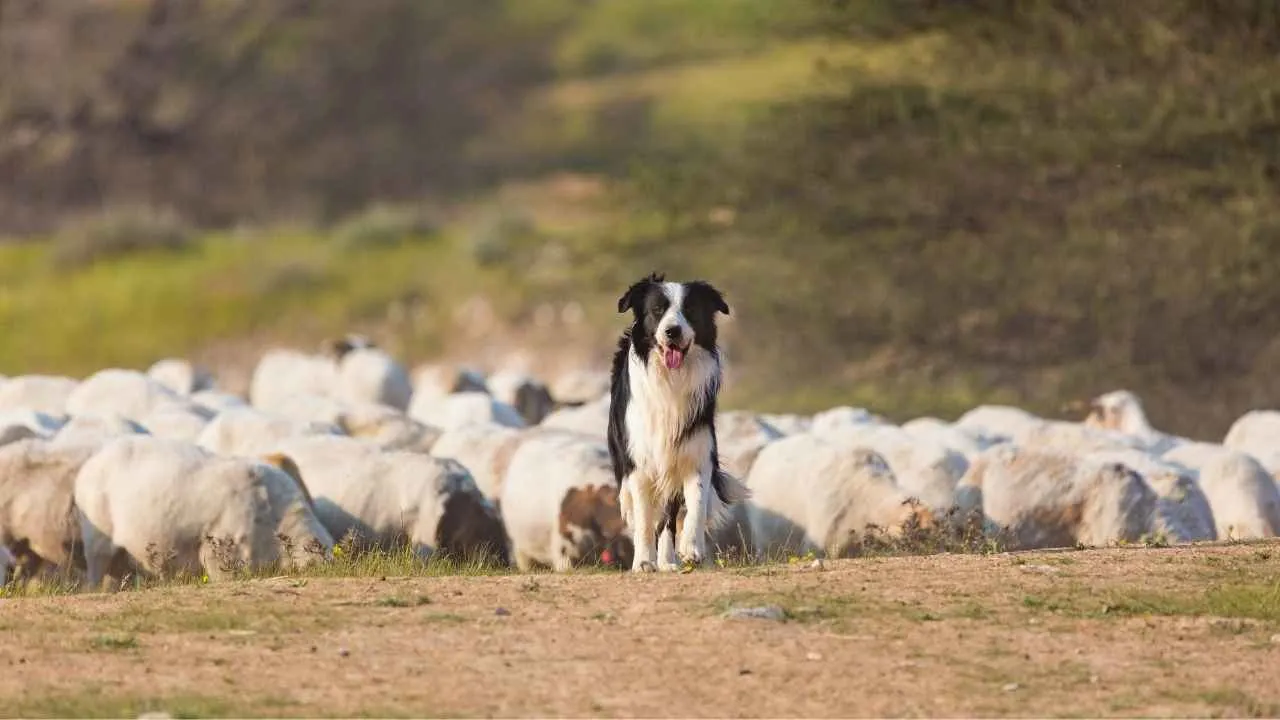
The Border Collie epitomizes agility and intelligence. Originally bred for herding livestock in the hilly border regions between Scotland and England, this breed possesses an innate ability to anticipate and respond to commands with remarkable precision, says Britannica. Their keen eyes and attentive expressions often hint at their ever-alert nature, always ready for the next task or challenge.
Males typically weigh 30 to 45 pounds, while females fall just under that. Their heights measure between 18 and 22 inches, giving them a streamlined look ideal for quick movement.
Renowned for their boundless energy, Border Collies thrive in environments where they have a job to do. Whether it’s herding sheep, participating in dog sports like agility and flyball, or engaging in advanced obedience training, they excel when both their minds and bodies are actively engaged. Without sufficient stimulation, they may resort to undesirable behaviors out of boredom.
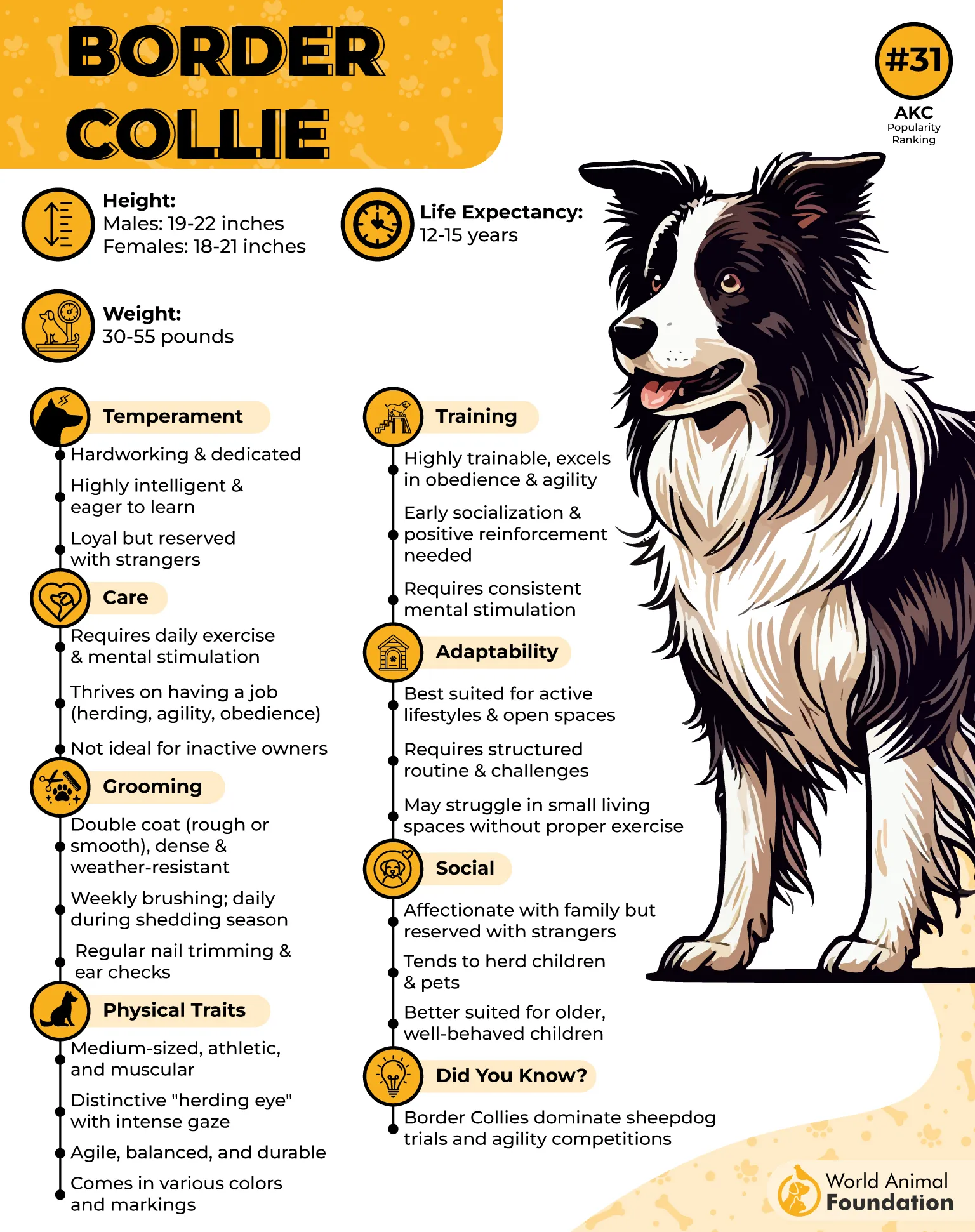
In family settings, Border Collies are affectionate and form deep bonds with their human companions. They are particularly good with children, often taking on a protective yet gentle role. However, their herding instincts might lead them to gently nip at heels or attempt to herd family members, a behavior that can be managed with proper training.
Training a Border Collie is both rewarding and essential. Their high intelligence means they pick up commands quickly, but it also means they require consistent and varied training routines to keep them engaged. Positive reinforcement techniques work best, as they respond well to praise and rewards.
A fascinating aspect of the Border Collie is their “eye”—a focused, hypnotic stare used to control livestock. This unique trait showcases their intense concentration and is a testament to their herding heritage.
2. Basset Hound
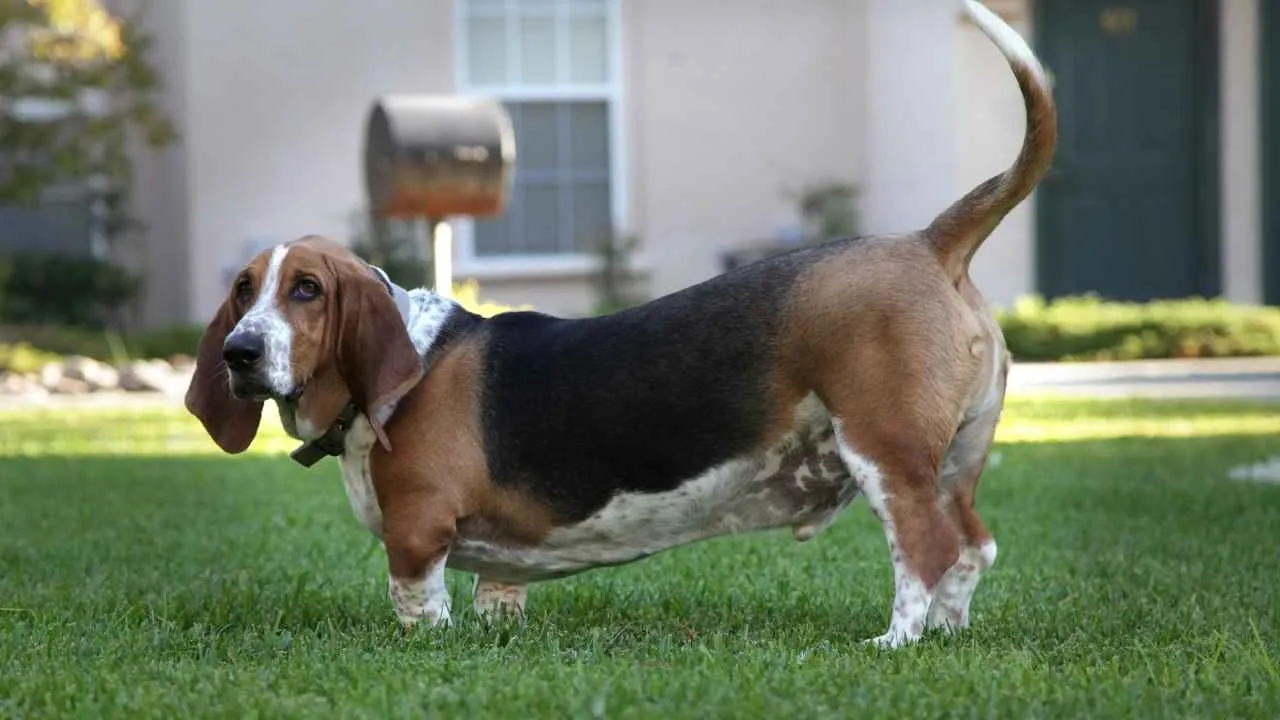
With their distinctive long ears and soulful eyes, Basset Hounds are easily recognizable and beloved by many. Originating from France and Belgium, they were primarily bred for hunting small game, particularly rabbits, due to their exceptional sense of smell. Their short legs and elongated bodies allow them to navigate dense underbrush with ease.
Most Bassets stand around 15 inches tall but weigh between 40 and 65 pounds, giving them a heavyset look.
Despite their hunting background, Basset Hounds are known for their laid-back and gentle demeanor. They are content with strolls and ample relaxation time, making them ideal companions for those who prefer a more relaxed lifestyle. However, their keen noses can lead them to follow intriguing scents, so it’s essential to keep them on a leash during walks.
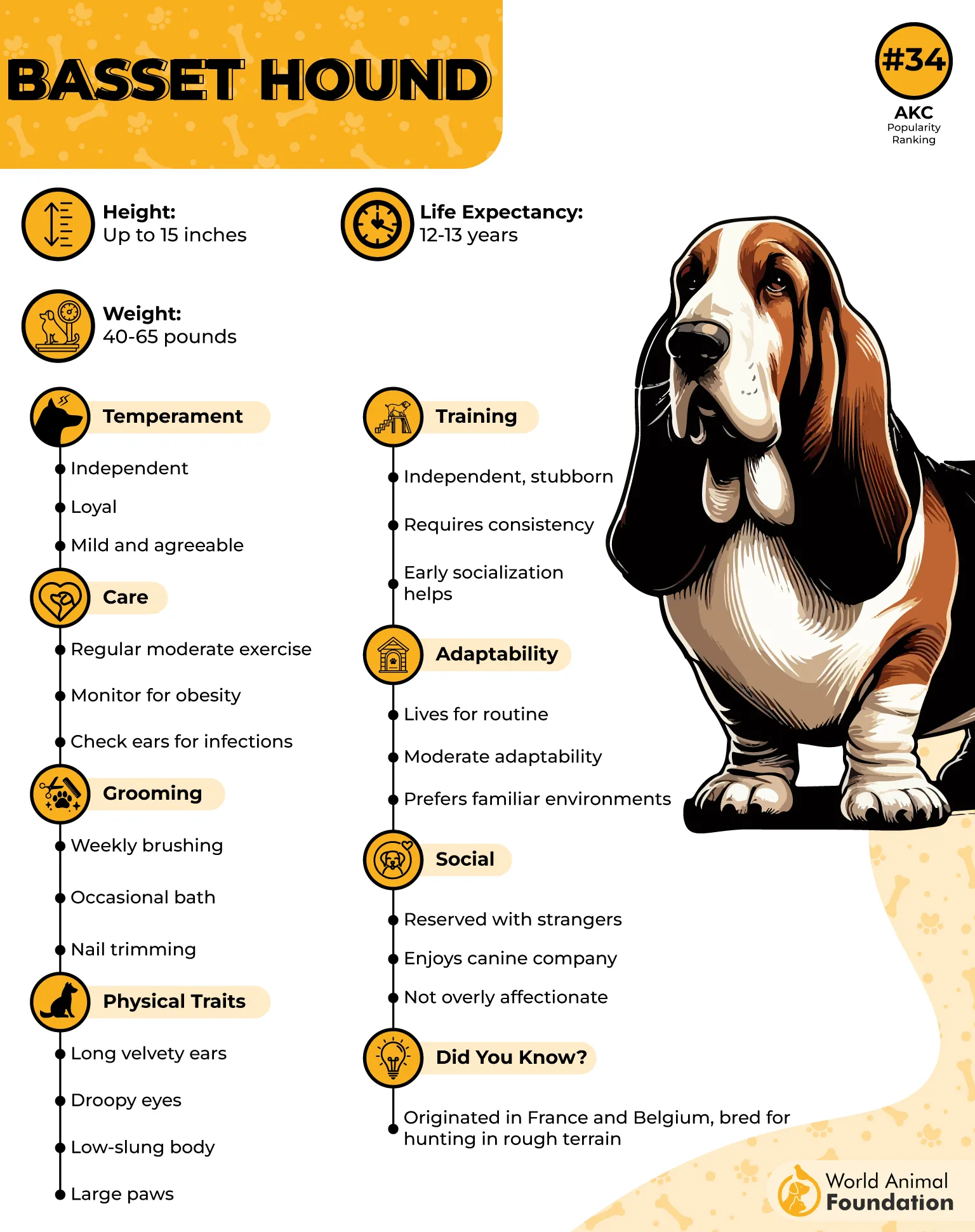
In the home, Bassets are affectionate and get along well with children and other pets, says PetMD.Their friendly nature means they are more likely to greet strangers with a wagging tail than with suspicion. However, their stubborn streak can make training a bit challenging, requiring patience and consistency from their owners.
One should be mindful of their propensity to gain weight. Regular, moderate exercise and a balanced diet are crucial to maintain their health and prevent obesity-related issues.
An interesting tidbit: Basset Hounds have the second-best sense of smell among dog breeds, only surpassed by the Bloodhound. This incredible olfactory ability makes them excellent trackers, even if their primary role today is that of a companion.
3. Bulldog
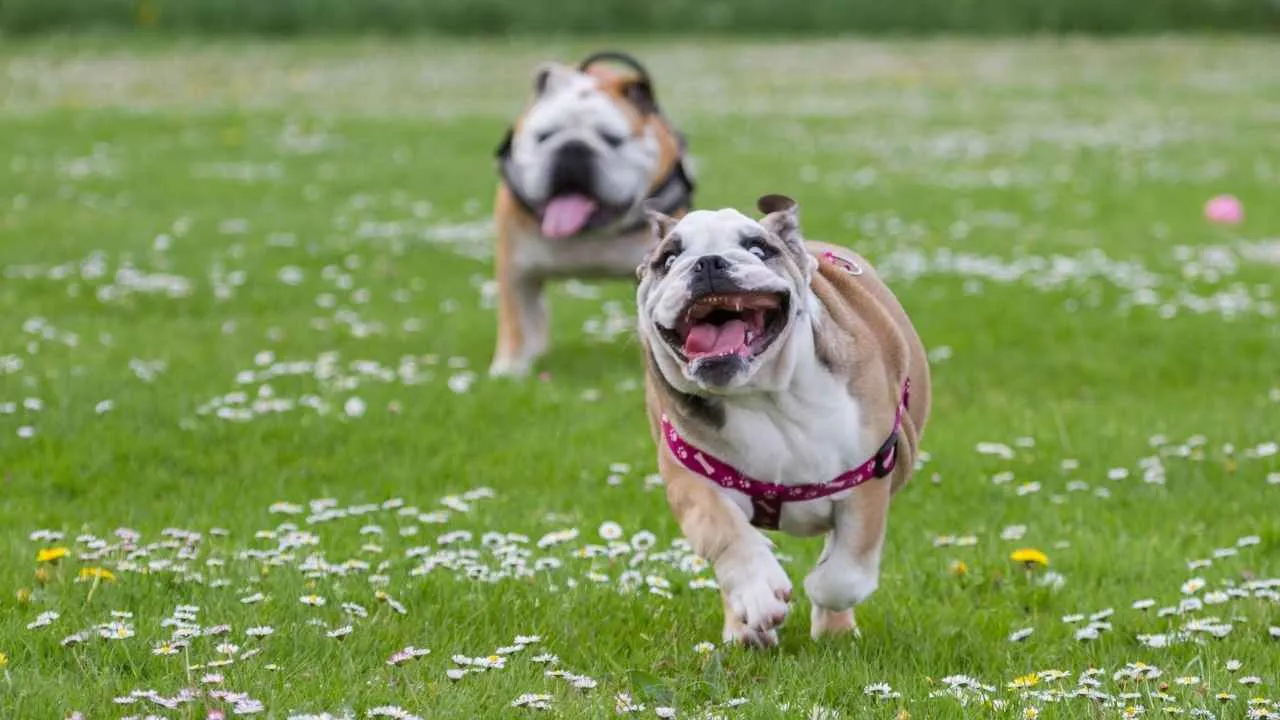
According to AKC, the Bulldog, with its distinctive wrinkled face and stocky build, is a symbol of determination and resilience. Originally bred in England for bull-baiting, this breed has transformed over the centuries to become a gentle and affectionate companion.
Generally measuring 14 to 15 inches in height and weighing 40 to 50 pounds, Bulldogs are dense and solid. Despite their somewhat intimidating appearance, Bulldogs are known for their docile and friendly nature. They form strong bonds with their families and are particularly good with children, often displaying a patient and tolerant demeanor. Their loyalty makes them excellent watchdogs, though they are generally not aggressive.
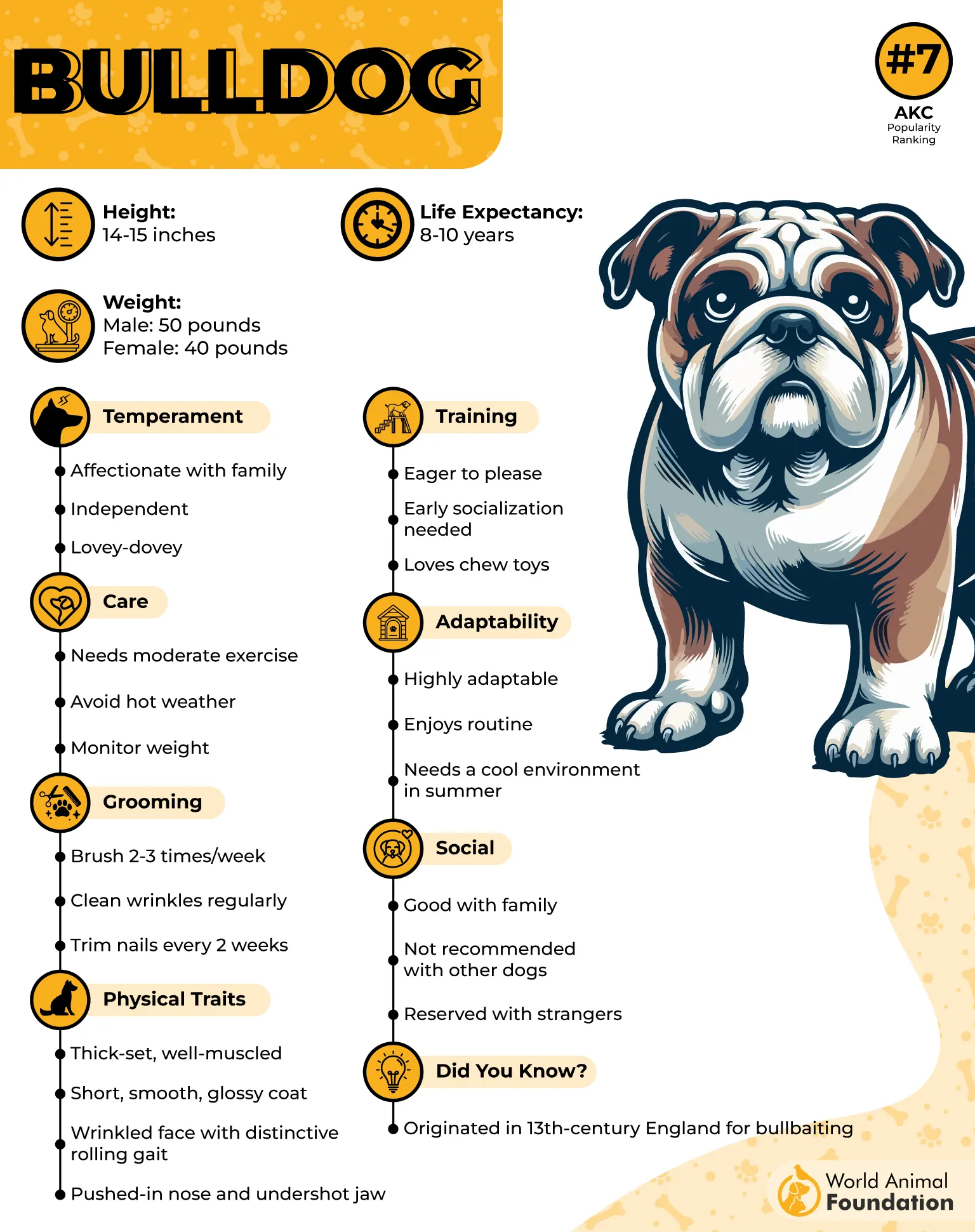
Bulldogs have a low to moderate energy level. They enjoy short walks and play sessions but are equally content lounging around the house. Due to their brachycephalic (short-nosed) structure, they can be prone to breathing difficulties, especially in hot or humid weather. It’s essential to ensure they don’t overexert themselves and have access to a cool environment.
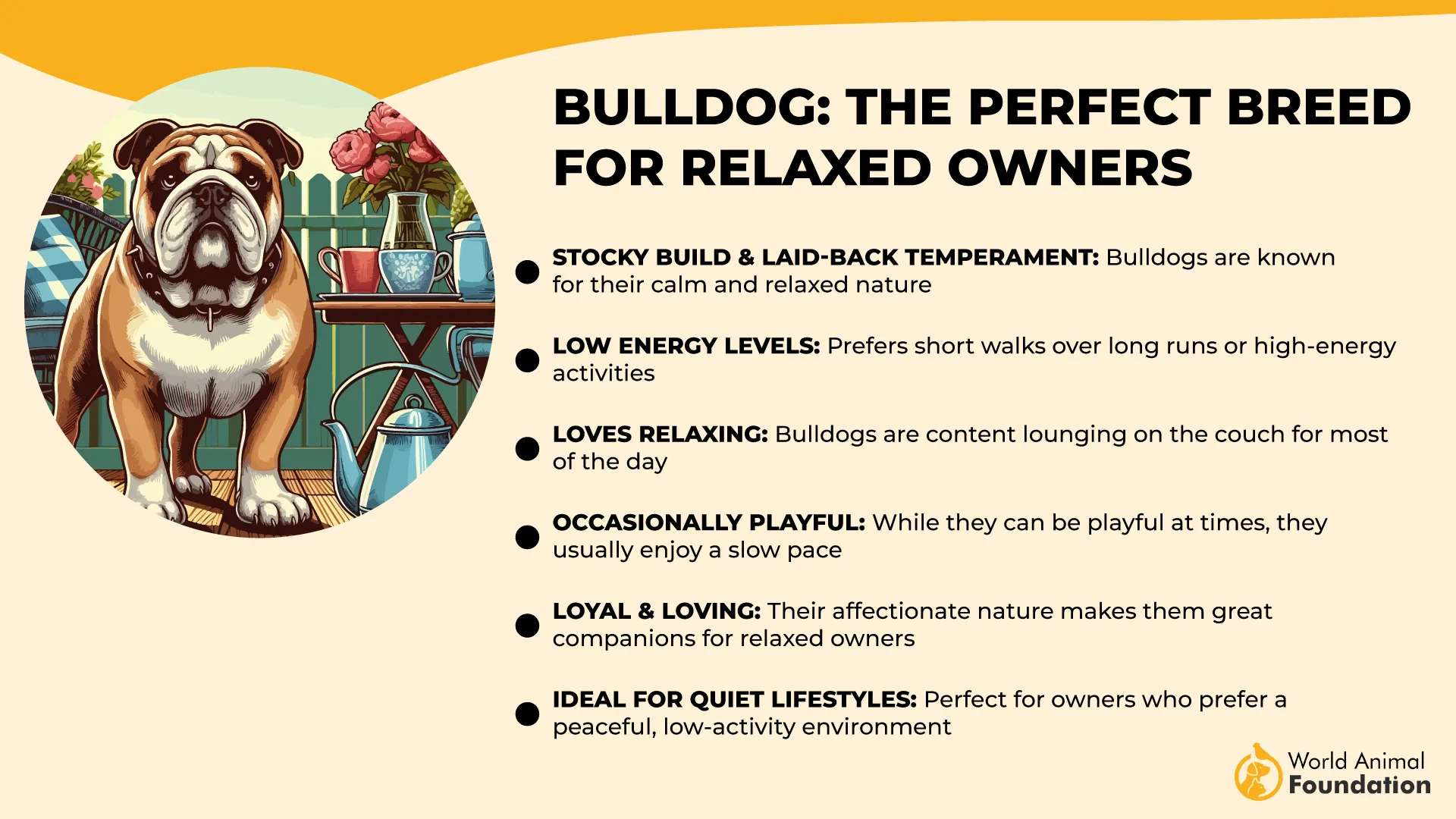
Training a Bulldog requires patience. They can be a bit stubborn, but with consistent, positive reinforcement techniques, they can learn commands and behaviors effectively. Early socialization is also beneficial to ensure they are well-adjusted and comfortable in various situations.
A quirky fact about Bulldogs: They are known to snore and drool, endearing traits that many owners find charming. Their unique appearance and lovable personality have made them a favorite mascot for various organizations and sports teams.
4. Australian Shepherd
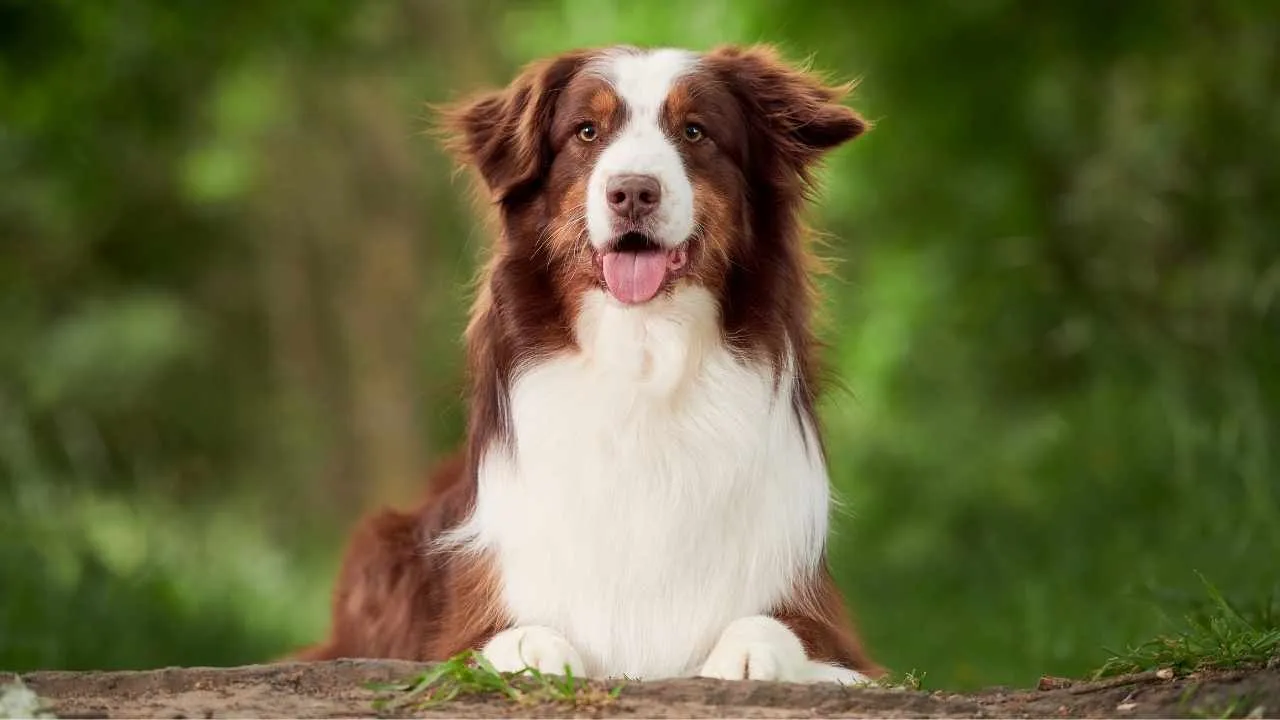
Brimming with energy and enthusiasm, the Australian Shepherd is the quintessential outdoor companion. Interestingly, despite its name, the breed was developed in the United States, with its moniker stemming from associations with Basque shepherds who arrived from Australia. They are agile and thrive when presented with challenges that engage both their body and mind.
These dogs typically weigh 40 to 65 pounds and stand 18 to 23 inches tall, depending on gender. Australian Shepherds are celebrated for their striking coats, which come in various colors such as blue merle and red tri. Their eyes can be particularly captivating, often appearing in shades of blue or amber, and sometimes even exhibiting heterochromia (two different colored eyes).

Their herding heritage endows them with remarkable stamina. They excel in activities like agility courses, disc sports, and even search and rescue operations. Providing both physical and mental outlets is crucial to prevent the development of undesirable behaviors stemming from boredom.
In terms of personality, Australian Shepherds are affectionate without being overly dependent. They form strong bonds with their human companions and enjoy interactive play. However, if left without sufficient stimulation, they may resort to creating their own entertainment, which might not always align with household rules.
Training comes naturally to this breed due to their intelligence and eagerness to please. They respond well to positive reinforcement techniques and often excel in obedience training. Engaging them in tasks that challenge their problem-solving skills can lead to a fulfilling companionship.
5. Chinese Shar-Pei
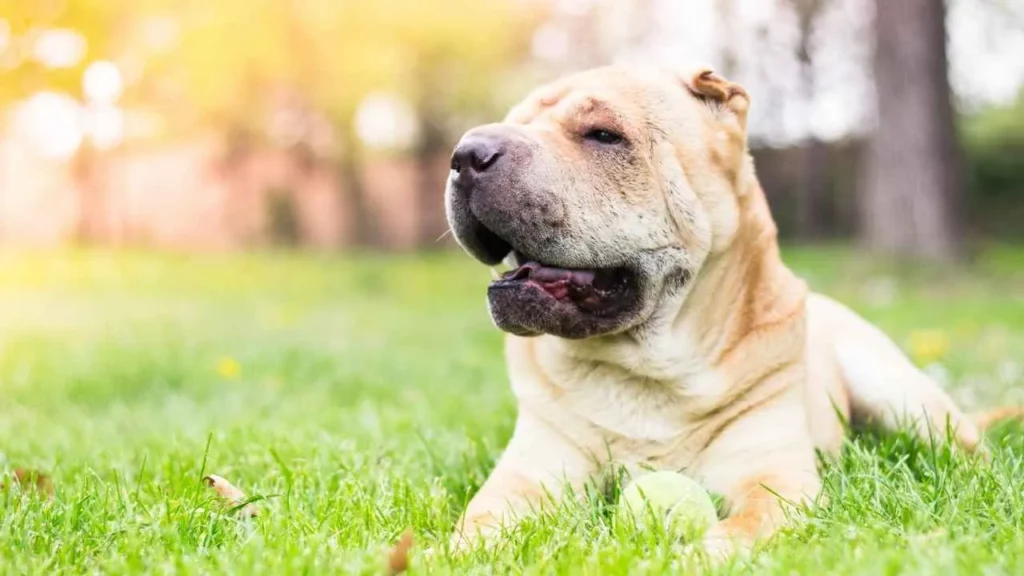
The Chinese Shar-Pei is a breed that immediately captures attention with its distinctive wrinkled skin and “hippopotamus” muzzle. Originating from China, this ancient breed was historically utilized for various purposes, including hunting, guarding, and herding livestock. The name “Shar-Pei” translates to “sand skin,” a nod to its rough, sandpaper-like coat texture.
Shar-Peis weigh around 45 to 60 pounds and stand 18 to 20 inches tall, offering a balanced frame with strong muscles. Physically, the Shar-Pei boasts a compact, medium-sized frame enveloped in loose folds of skin, particularly around the head, neck, and shoulders.
Their small, sunken eyes and tiny, triangular ears contribute to an expression often described as scowling or frowning. Coat colors vary widely, encompassing shades like black, cream, fawn, red, and blue.
In terms of temperament, Shar-Peis are known for their calm and independent nature. They are fiercely loyal to their families and can be quite protective, making them excellent watchdogs. However, their aloofness with strangers necessitates early socialization to ensure well-rounded behavior. While they are generally good with older children, interactions with younger kids should be supervised due to the breed’s strong-willed disposition.
Grooming a Shar-Pei involves regular attention to their unique skin folds to prevent infections. Cleaning between the wrinkles with a damp cloth and ensuring they are thoroughly dried is essential. Their short coat sheds minimally but benefits from weekly brushing to remove loose hair and maintain skin health.
An interesting fact about the Shar-Pei is its historical significance in ancient China, where it was revered not only as a capable working dog but also as a symbol of good fortune. The breed’s unique appearance and characteristics have made it a cultural icon over the centuries.
6. Collie
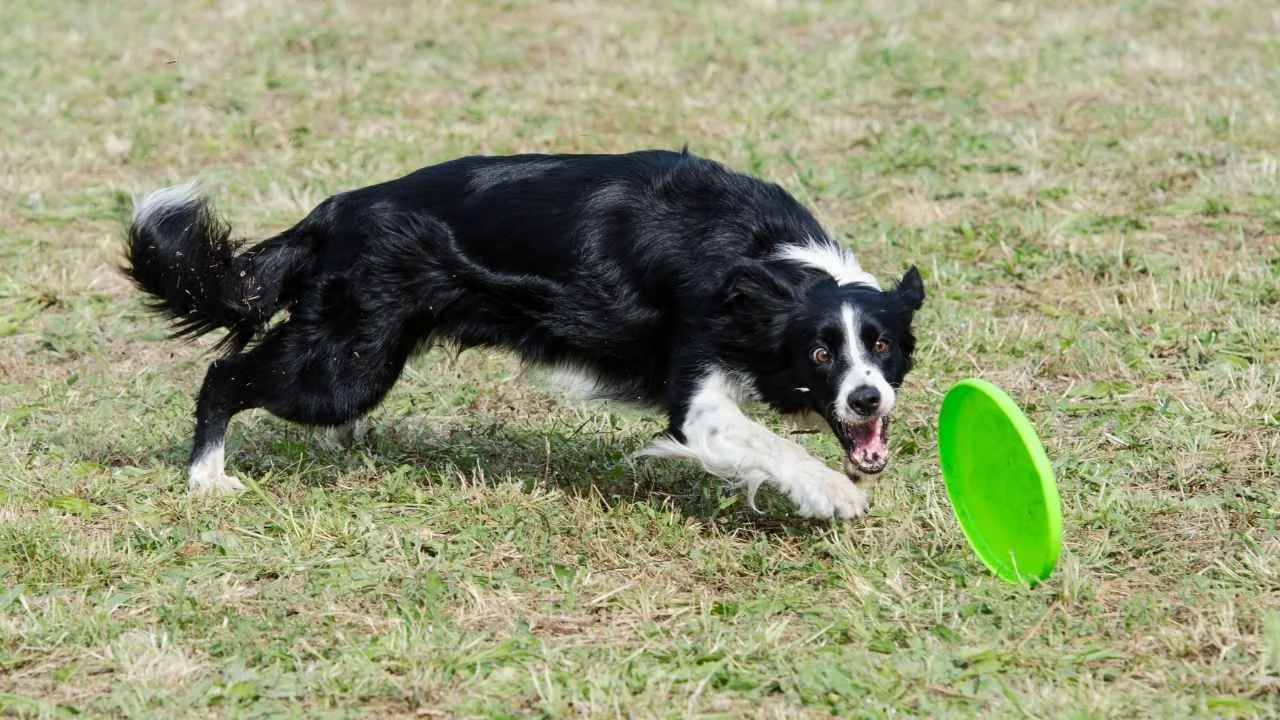
The Collie is a breed that epitomizes grace and intelligence, renowned for its herding prowess and affectionate nature. Originating from Scotland and Northern England, Collies were initially bred to herd sheep and cattle, a task they performed with remarkable agility and dedication. The breed gained widespread recognition through the fictional character “Lassie,” further cementing its status as a beloved family companion.
They typically stand 22 to 26 inches tall and weigh 50 to 75 pounds, making them solid but graceful. Collies come in two distinct coat varieties: the Rough Collie, with its long, flowing double coat, and the Smooth Collie, which features a short, dense coat. Common colorations include sable and white, tricolor (black, white, and tan), blue merle, and white. Their expressive almond-shaped eyes and pointed ears contribute to an alert and friendly expression.

Temperamentally, Collies are great companions known for their gentle and predictable demeanor. They are exceptionally good with children, often displaying a nurturing instinct. Their intelligence and eagerness to please make them highly trainable, excelling in obedience and various canine sports. However, they can be sensitive to harsh treatment, so positive reinforcement methods are recommended during training.
Regular physical exercise is important for Collies to maintain their physical and mental well-being. They enjoy activities such as herding trials, agility courses, and interactive play sessions. Grooming needs vary between the two coat types; Rough Collies require more frequent brushing to prevent matting, while Smooth Collies benefit from weekly brushing to manage shedding.
A fascinating aspect of the Collie’s history is its association with British royalty. Queen Victoria’s admiration for the breed in the 19th century significantly boosted its popularity, leading to the Collie’s enduring presence in households worldwide.
7. Portuguese Water Dog
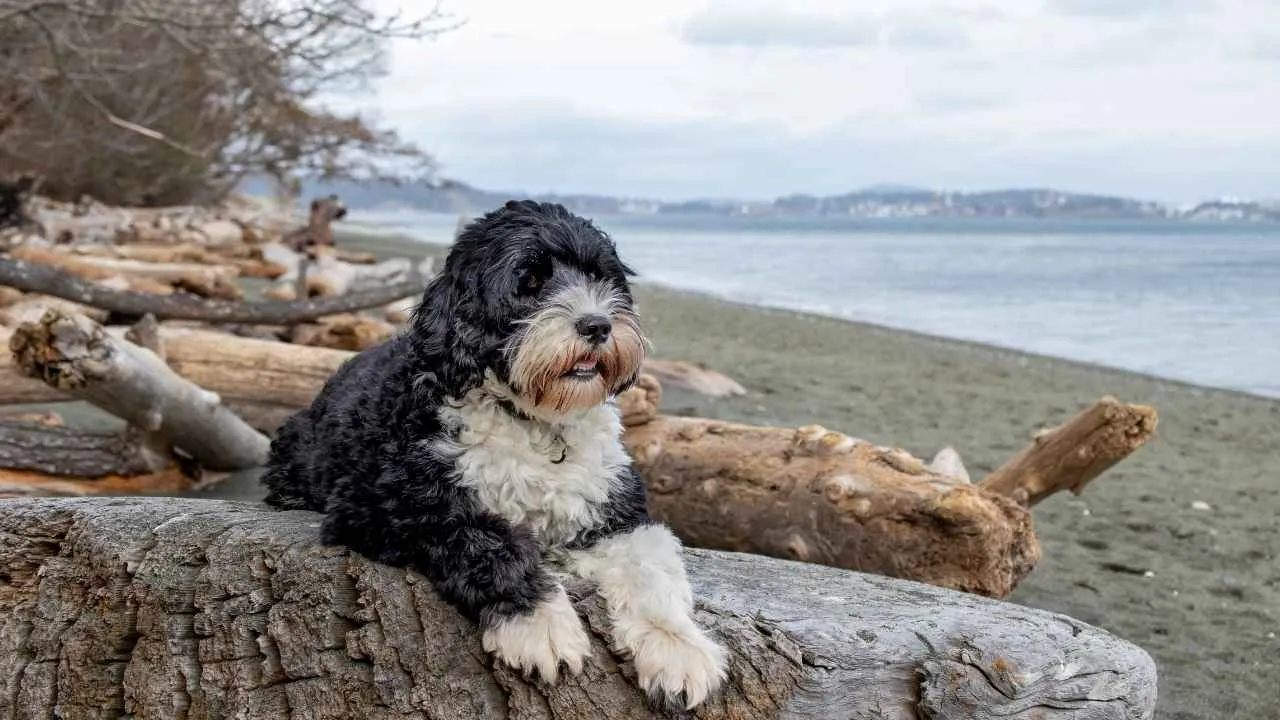
The Portuguese Water Dog, often referred to as “Cão de Água” in its native Portugal, is a robust and spirited breed with a storied history intertwined with the nation’s maritime culture. Originally bred to assist fishermen, these dogs were adept at retrieving lost gear, herding fish into nets, and delivering messages between boats, showcasing their versatility and intelligence.
They generally weigh 35 to 60 pounds and reach heights of 17 to 23 inches. Sporting a dense, curly, or wavy coat that is hypoallergenic, Portuguese Water Dogs are well-suited for aquatic activities. Their webbed feet enhance their swimming capabilities, making them natural water enthusiasts. Coat colors typically include black, white, various shades of brown, or combinations thereof.
In terms of personality, these dogs are known for their affectionate and loyal nature. They thrive on human companionship and are known to form strong bonds with their families. Their high intelligence and eagerness to learn make them highly trainable, though they do require mental stimulation to prevent boredom.
Regular, vigorous exercise is essential for the Portuguese Water Dog to channel its abundant energy positively. Activities such as swimming, fetch, agility training, and obedience exercises are ideal. Their curly coat requires regular grooming to prevent matting, and many owners opt for professional grooming to maintain the traditional “lion clip” or “retriever clip.”
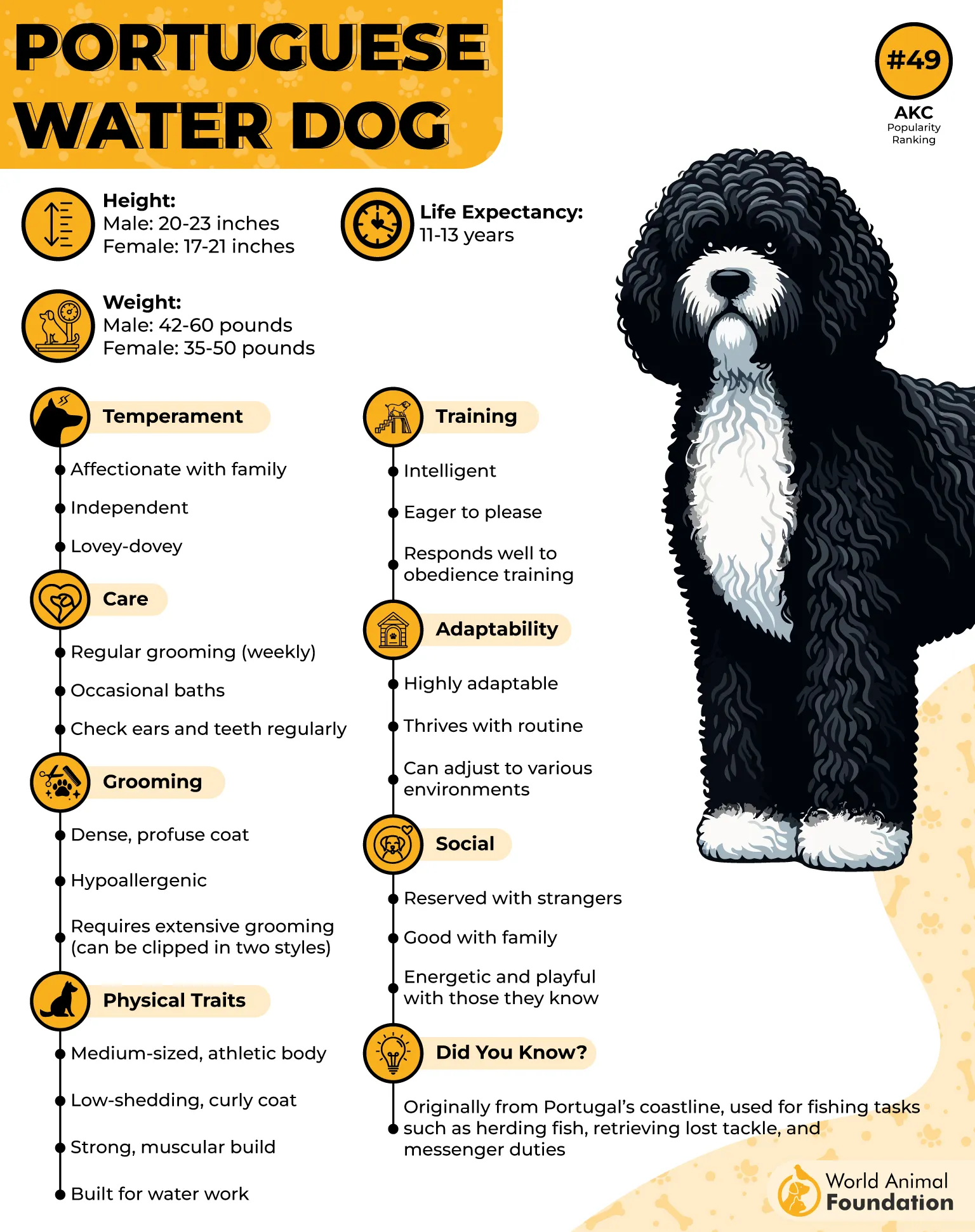
An intriguing fact about the breed is its contribution to scientific research. Due to their limited genetic diversity, Portuguese Water Dogs have been subjects in studies aiming to understand genetic diseases and traits, providing valuable insights into canine and human health.
8. German Pinscher
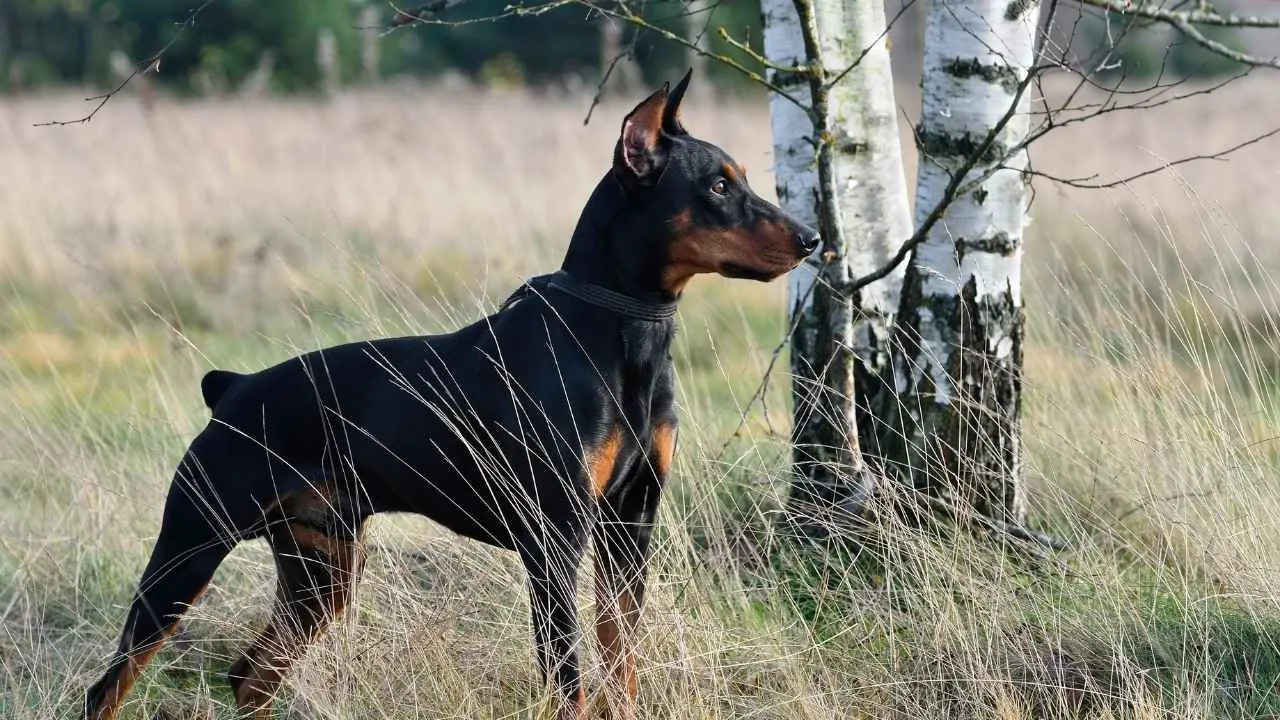
The German Pinscher is a medium-sized breed that exudes elegance and confidence. Originating from Germany, this breed has a rich history as a versatile working dog, adept at guarding and hunting vermin. Its sleek, muscular build and alert demeanor make it both a formidable watchdog and a loyal companion.
Typically weighing between 25 to 45 pounds and standing 17 to 20 inches tall, the German Pinscher boasts a smooth, shiny coat.
Historically, German Pinschers were employed as stable dogs, known as “Stallpinschers,” where they excelled in controlling rodent populations. Their keen senses and agility made them invaluable in stables and on farms. Despite facing near extinction post-World War II, dedicated breeding efforts revived the breed, preserving its unique characteristics and working abilities.
In terms of personality, German Pinschers are intelligent, energetic, and assertive. They possess a strong prey drive and are naturally protective of their home and family. Early socialization and consistent training are essential to channel their energy positively and to establish boundaries, ensuring they become well-mannered companions.
Their short, dense coat requires minimal grooming, making them relatively low-maintenance in terms of upkeep. Regular exercise is crucial for this active breed; they thrive on activities that challenge them both physically and mentally. Engaging them in dog sports or providing tasks can help satisfy their need for stimulation.
An interesting fact: The German Pinscher played a pivotal role in the development of both the Doberman Pinscher and the Miniature Pinscher, serving as a foundation for these breeds and contributing to their distinctive traits.
9. Whippet
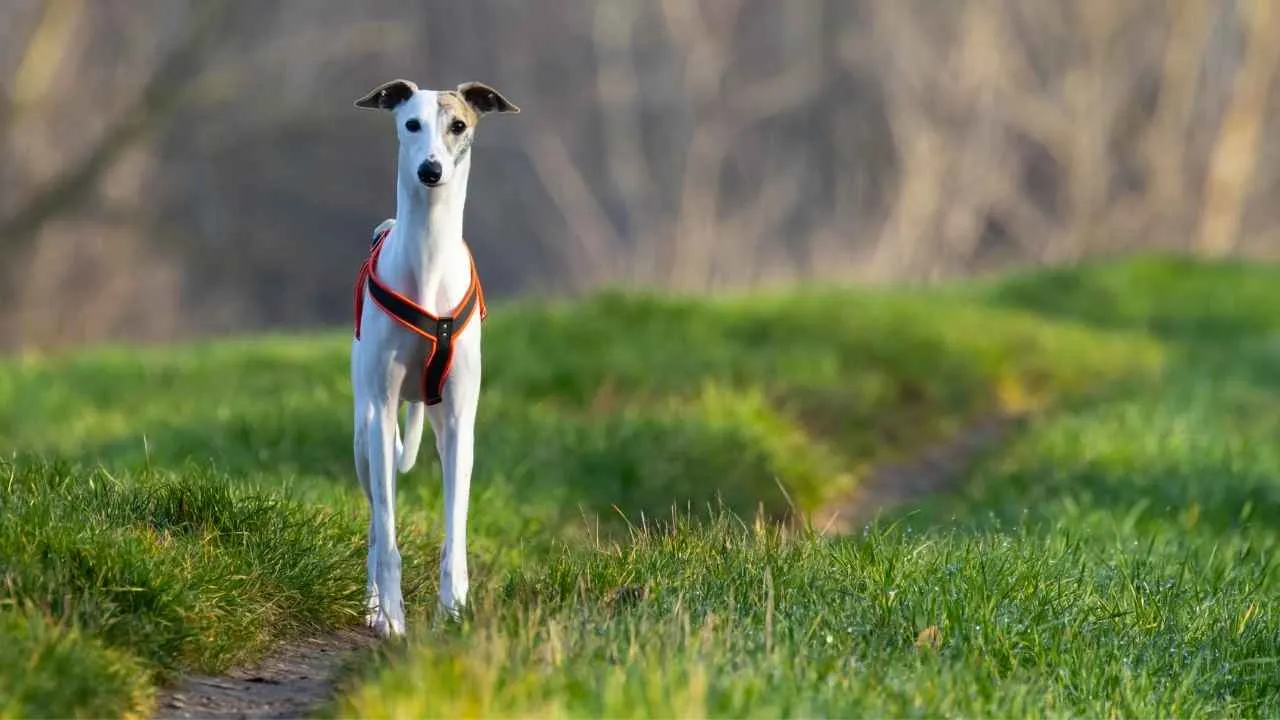
The Whippet is a breed renowned for its speed, grace, and gentle disposition. Developed in England during the 19th century, Whippets were bred for hunting and racing, earning them the nickname “the poor man’s racehorse.” Their sleek, aerodynamic build allows them to reach impressive speeds, making them formidable competitors on the racing track.
Weighing between 25 to 40 pounds and standing 18 to 22 inches tall, Whippets have lean, muscular builds. Physically, Whippets are characterized by a deep chest, slim waist, and long legs, embodying the streamlined physique typical of sighthounds.
Their short, smooth coat comes in a variety of colors and patterns, offering a range of aesthetic appeal. Despite their athletic prowess, Whippets are known for their calm and affectionate nature, often forming strong bonds with their families.
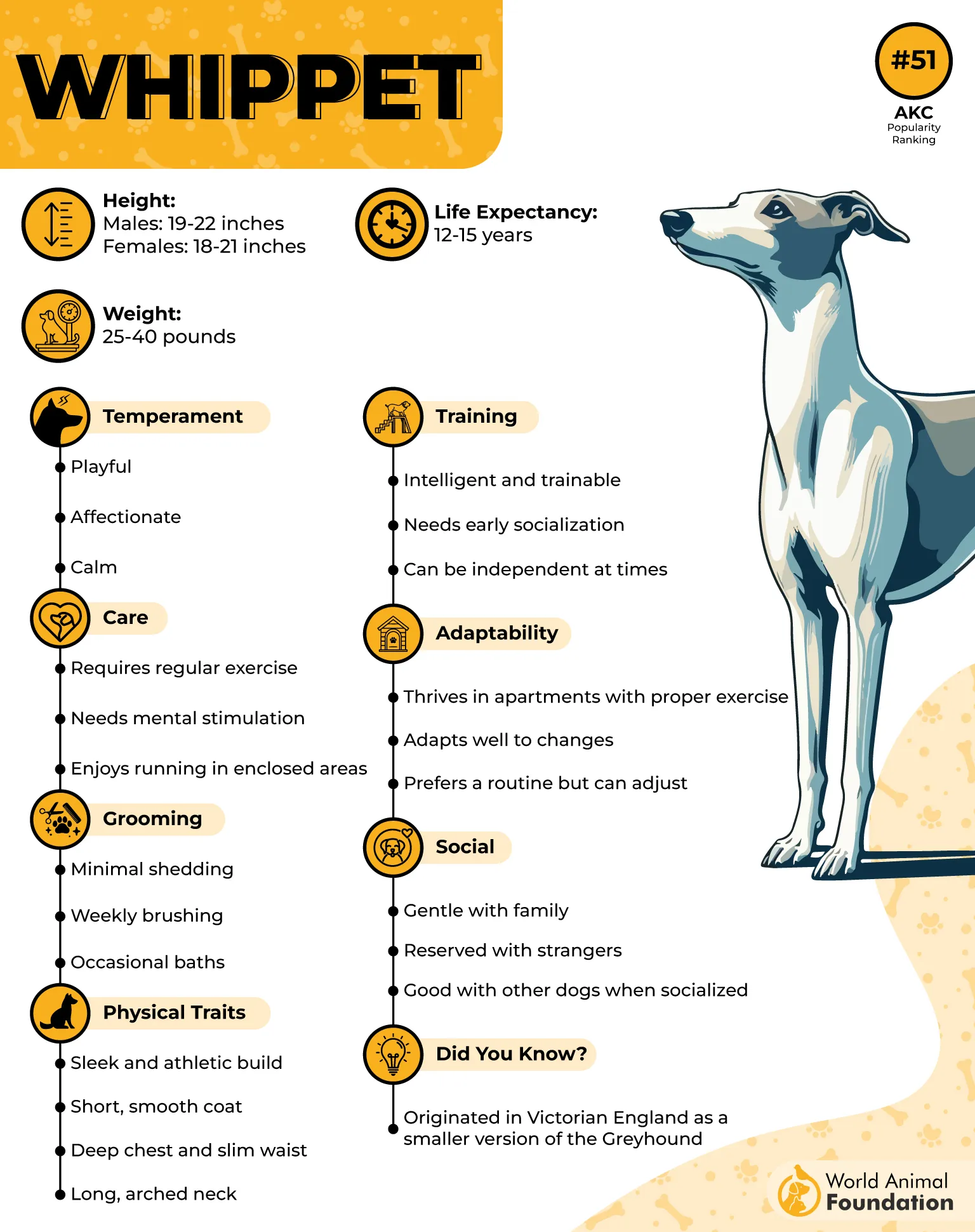
In terms of temperament, Whippets are gentle, friendly, and adaptable. They are known for their “dual personality,” displaying bursts of energy during playtime but enjoying relaxation and cuddling at home. Their friendly nature makes them excellent companions, and they typically get along well with children and other pets. However, due to their strong prey drive, it’s advisable to keep them on a leash or within a securely fenced area when outdoors.
Whippets require regular exercise to maintain their health and happiness. While they enjoy sprinting and playing, they do not demand excessive physical activity and are content with daily walks and occasional runs. Their short coat is low-maintenance, requiring only occasional brushing to remove loose hair.
A notable fact: Whippets are among the fastest dog breeds, capable of reaching speeds up to 35 miles per hour. This incredible speed, combined with their gentle nature, makes them unique among canine companions.
Conclusion
When it comes to choosing the right furry friend, balanced mid-sized dog breeds offer the perfect in-between. They’re not as demanding as giant breeds, yet far more sturdy than their toy-sized cousins. With a well-rounded mix of energy, affection, and loyalty, these medium-sized dogs make wonderful companions for active families, seniors, and even first-time dog owners. Their size makes them adaptable for both apartment living and homes with yards.
Whether you’re drawn to the affectionate nature of a Basset Hound, the intelligence of a border collie, or the versatility of a Portuguese water dog, this category of medium dog breeds truly has something for every kind of pet parent. While breeds like the Golden Retriever and Labrador Retriever may be more well-known, these other dogs shine just as brightly when it comes to being great family pets, making them ideal for pet owners seeking strong potential for mental and physical stimulation.
From medium-sized herding dogs like the Australian Shepherd to former hunting dogs and loyal companions like the Cocker Spaniel, these breeds thrive with proper training, regular routines, and plenty of exercise and mental stimulation. If you’re looking for great family dogs that balance play with patience, and drive with a calm demeanor, the world of medium-sized breed options is full of playful, loving, and highly intelligent choices that thrive with proper mental exercise, just waiting to be your next best friend.


